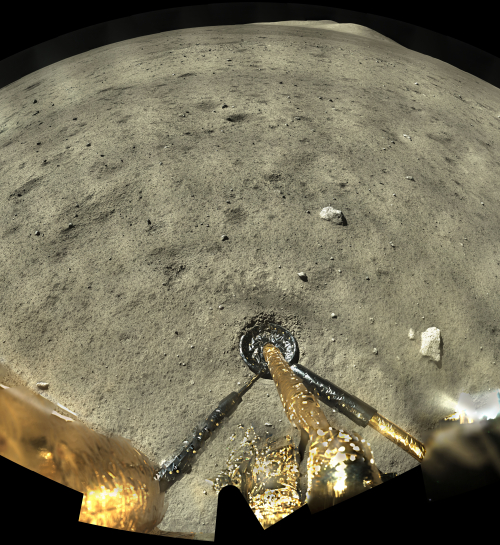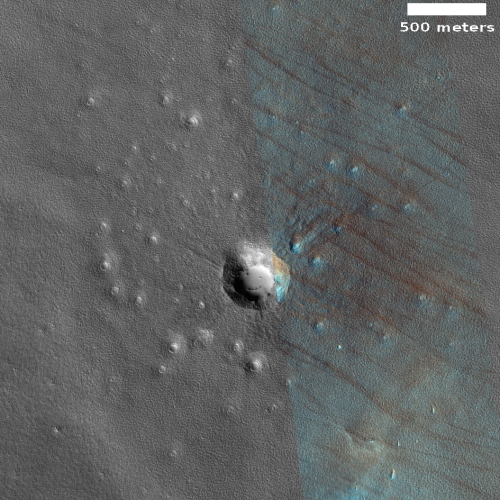UPDATE: It appears the newsletter analysis that I linked to below was too hopeful for the authorities at Johns Hopkins, even though it was based on actual data. Mere minutes after I posted this they took it down, censoring this conclusion. Though I quoted a lot below, the article was much longer, included detailed graphs, and was thoughtful and thorough.
Positive news like this however must not be published. It must be squelched and silenced. We must live in fear, even if the thing we fear does not exist.
One of my readers below however found it on the Wayback Machine, here.
I have also embedded below the fold the webinar where the information censored was discussed in detail. In case Johns Hopkins or Youtube decides to censor this webinar also, another one of my readers below has downloaded it and made it available here. (It is very sad that a university now considers Orwell’s 1984 to be an instruction manual instead of a warning.)
Another reader has uploaded the file to Rumble, so I have embedded that video below as well.
Furthermore, another reader has provided me a high quality pdf of the original post, which I have uploaded and you can download here.
Original post:
——————————
A new analysis of the 2020 death statistics in the United States has revealed that despite the panic over COVID-19, the total number of deaths in all age groups — including the elderly — showed no change before or after the arrival of the virus.
This bears repeating, in bold and italics: There have been no excess deaths in 2020.
Surprisingly, the deaths of older people stayed the same before and after COVID-19. Since COVID-19 mainly affects the elderly, experts expected an increase in the percentage of deaths in older age groups. However, this increase is not seen from the CDC data. In fact, the percentages of deaths among all age groups remain relatively the same. “The reason we have a higher number of reported COVID-19 deaths among older individuals than younger individuals is simply because every day in the U.S. older individuals die in higher numbers than younger individuals,” Briand said.
Briand also noted that 50,000 to 70,000 deaths are seen both before and after COVID-19, indicating that this number of deaths was normal long before COVID-19 emerged. Therefore, according to Briand, not only has COVID-19 had no effect on the percentage of deaths of older people, but it has also not increased the total number of deaths.
These data analyses suggest that in contrast to most people’s assumptions, the number of deaths by COVID-19 is not alarming. In fact, it has relatively no effect on deaths in the United States.
And yet, there have been so many COVID-19 deaths! How can the total number of deaths not be higher? The researcher looked more closely, and discovered (surprise! surprise!) that there was an unreasonable drop in other causes, matching exactly the increase in coronavirus deaths.
When Briand looked at the 2020 data during that seasonal period, COVID-19-related deaths exceeded deaths from heart diseases. This was highly unusual since heart disease has always prevailed as the leading cause of deaths. However, when taking a closer look at the death numbers, she noted something strange. As Briand compared the number of deaths per cause during that period in 2020 to 2018, she noticed that instead of the expected drastic increase across all causes, there was a significant decrease in deaths due to heart disease. Even more surprising, as seen in the graph below, this sudden decline in deaths is observed for all other causes.
This trend is completely contrary to the pattern observed in all previous years. Interestingly, … the total decrease in deaths by other causes almost exactly equals the increase in deaths by COVID-19. This suggests, according to Briand, that the COVID-19 death toll is misleading. Briand believes that deaths due to heart diseases, respiratory diseases, influenza and pneumonia may instead be recategorized as being due to COVID-19. [emphasis mine]
In other words, COVID-19 is just another type of flu-like respiratory disease, that is only appearing terrible because doctors and hospitals are incorrectly labeling many deaths as COVID-19 when in past years they would have labeled them based on the existing chronic illnesses the patient already had.
It has all been a scam, a Chicken Little scam induced by some very evil people in government to cause fear and panic in the general population. I leave it to my readers to figure out why.
Regardless, it is time for people to come to their senses. Let the worry warts cower in mindless fear in their basements. Rip off that mask, go back to living your normal American life, free and open, pursuing your happiness.
» Read more








